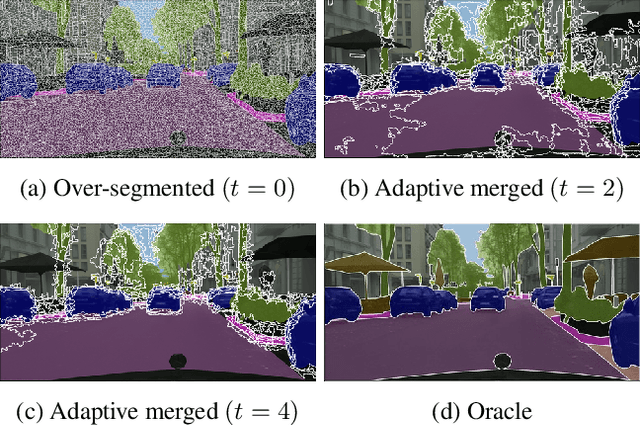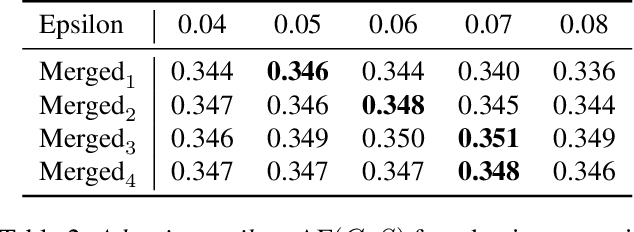Adaptive Superpixel for Active Learning in Semantic Segmentation
Paper and Code
Mar 29, 2023



Learning semantic segmentation requires pixel-wise annotations, which can be time-consuming and expensive. To reduce the annotation cost, we propose a superpixel-based active learning (AL) framework, which collects a dominant label per superpixel instead. To be specific, it consists of adaptive superpixel and sieving mechanisms, fully dedicated to AL. At each round of AL, we adaptively merge neighboring pixels of similar learned features into superpixels. We then query a selected subset of these superpixels using an acquisition function assuming no uniform superpixel size. This approach is more efficient than existing methods, which rely only on innate features such as RGB color and assume uniform superpixel sizes. Obtaining a dominant label per superpixel drastically reduces annotators' burden as it requires fewer clicks. However, it inevitably introduces noisy annotations due to mismatches between superpixel and ground truth segmentation. To address this issue, we further devise a sieving mechanism that identifies and excludes potentially noisy annotations from learning. Our experiments on both Cityscapes and PASCAL VOC datasets demonstrate the efficacy of adaptive superpixel and sieving mechanisms.
 Add to Chrome
Add to Chrome Add to Firefox
Add to Firefox Add to Edge
Add to Edge